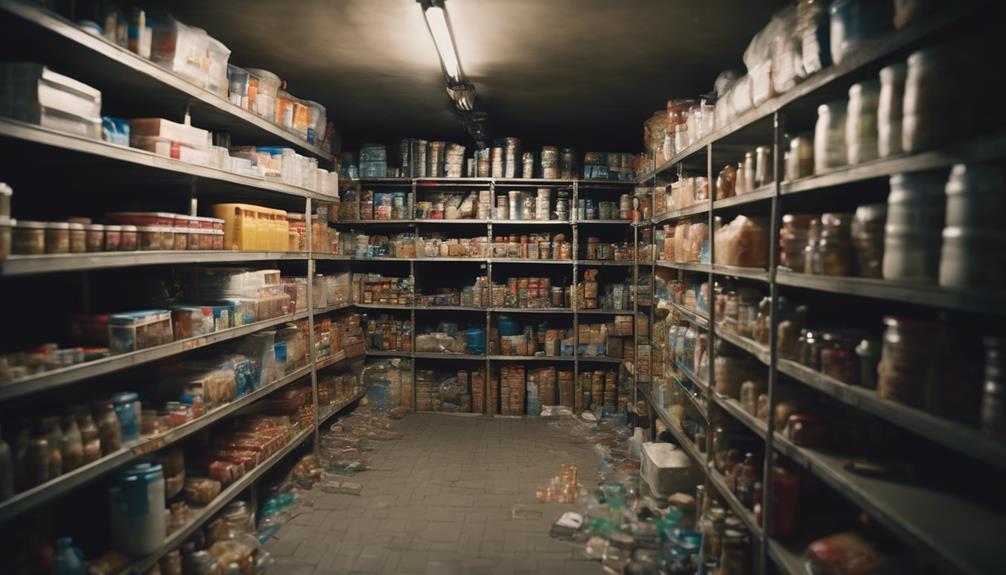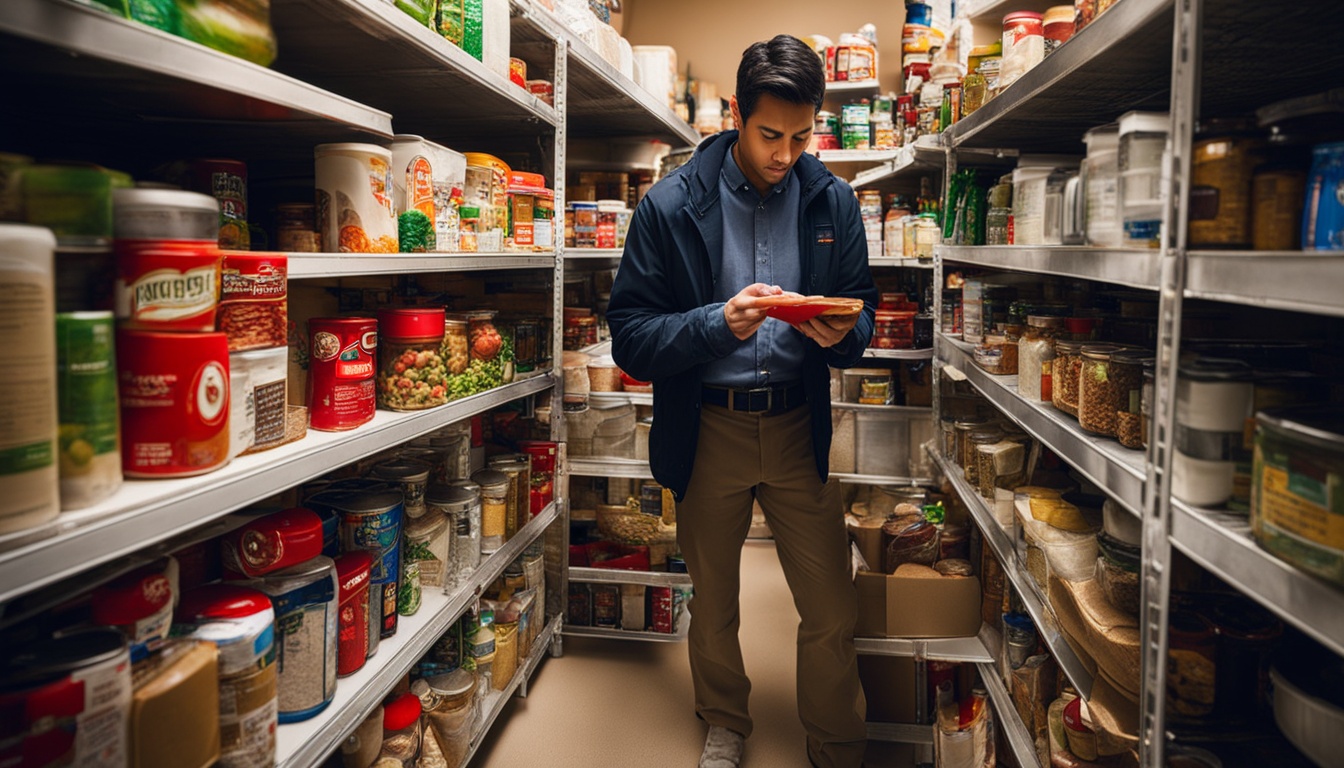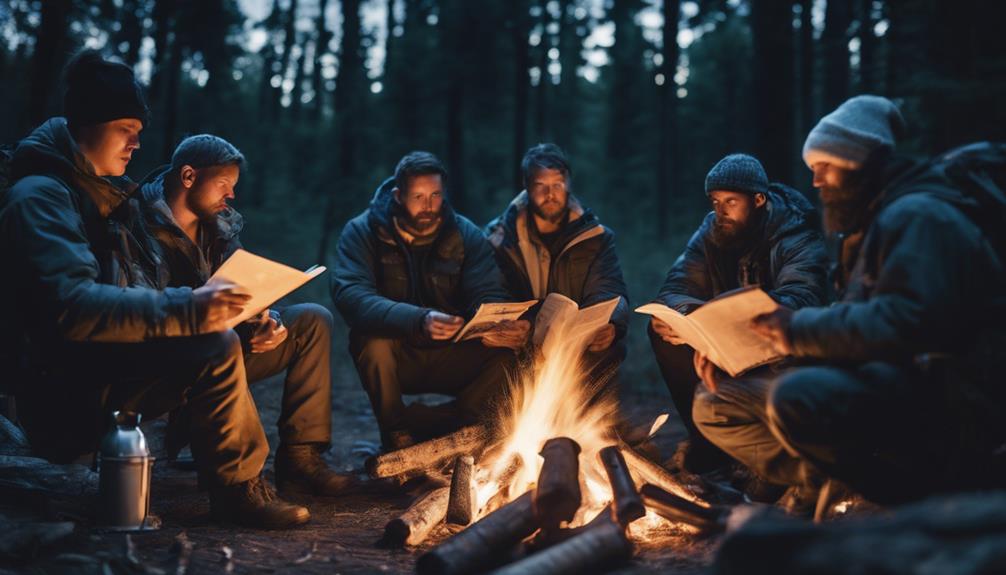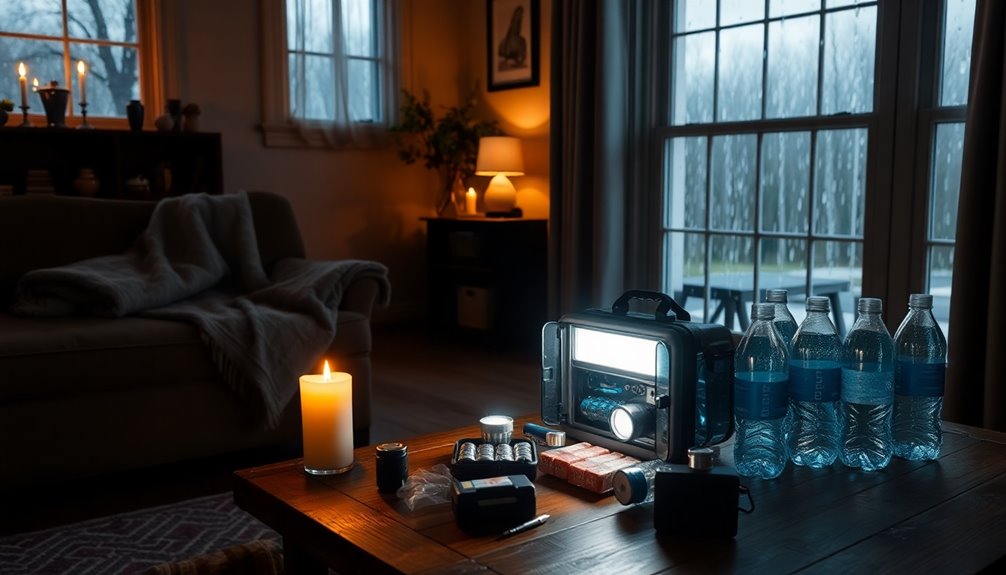Explore the world of doomsday preppers, where individuals prepare for catastrophic events with survival skills and resources to guarantee safety. Discover the psychological motivations like fear of societal collapse and the proactive drive for security. Uncover the social dynamics within prepper communities, emphasizing mutual support and preparedness through events and training. Learn about common scenarios prepped for, from natural disasters to economic collapse and pandemics. Get insights on essential items for your go-bag, survival skills, and stockpiling tips. Consider satellite communication for important connections in emergencies. Continue to uncover valuable details on prepping essentials and strategies for readiness.
Key Takeaways
- Preppers prepare for catastrophes with survival skills and supply stockpiles.
- They prioritize self-sufficiency, security, and well-being in uncertain times.
- Prepper communities offer mutual support, skills training, and crisis reliance.
- Key items in a prepper go-bag include water, food, first aid, and tools.
- Learning survival skills beyond gear is essential for preparedness.
Psychological Motivations Behind Prepping
Understanding the psychological motivations behind prepping involves investigating factors like paranoia, cynicism, and a conspiracy mentality. Preppers often exhibit a deep-seated fear of societal collapse or catastrophic events, which drives them to acquire survival skills and stockpile resources. This mindset is fueled by a belief that the world is fraught with dangers and uncertainties, leading individuals to adopt a proactive approach to guarantee their safety and well-being in the face of potential disasters.
Psychological studies explore the intricate workings of the prepper mindset, aiming to differentiate between prudent preparation and irrational obsession. Researchers use tools like the Survivalist Behavior Questionnaire (SBQ) to assess preppers' tendencies and behaviors, with high scores potentially indicating underlying mental health conditions.
Social Dynamics of Prepper Communities

Prepper communities thrive on shared beliefs in preparing for worst-case scenarios, fostering a sense of security and mutual support among members. Within these communities, social dynamics revolve around information sharing, skills training, and mutual aid to enhance preparedness for natural disasters.
Members often come together to organize events, workshops, and drills, creating opportunities to learn from one another and strengthen their readiness for potential emergencies. Online forums and social media platforms play an important role in connecting preppers, allowing them to exchange ideas, resources, and support, thereby fostering a sense of community even across geographical distances.
This interconnectedness within prepper communities not only enhances individual preparedness but also builds a network of like-minded individuals who can rely on each other in times of crisis. Through collaboration and shared knowledge, prepper communities create a supportive environment where members can feel empowered and better equipped to face potential doomsday scenarios.
Common Doomsday Scenarios Prepared For

You need to be ready for various doomsday scenarios, such as natural disasters, economic collapse, and pandemics. Preppers prepare for these events by stocking up on supplies, developing survival skills, and creating contingency plans.
Being prepared for these common threats is essential for ensuring your safety and well-being in times of crisis.
Natural Disasters Prepped
Stockpiling food, water, and emergency supplies is essential for doomsday preppers preparing for natural disasters like hurricanes, earthquakes, and wildfires. One of the most notable natural disasters that spurred preppers into action was Hurricane Katrina, where the importance of having enough food and water became glaringly evident. Preppers often strategize evacuation plans and identify safe locations to retreat to in case of such calamities. To guarantee communication remains possible during emergencies, some preppers invest in devices like satellite phones. Additionally, mastering first aid, survival skills, and shelter-building techniques are vital for preppers facing the challenges posed by natural disasters. Below is a table showcasing the primary supplies preppers typically stockpile for natural disasters:
| Supplies | Description |
|---|---|
| Food | Non-perishable items with long shelf life |
| Water | Adequate water for drinking and hygiene |
| Emergency Kit | First aid supplies, tools, and batteries |
| Shelter Supplies | Tents, sleeping bags, and blankets |
Economic Collapse Readiness
Preparing for an economic collapse involves ensuring you have adequate supplies such as food, water, and medication stored for potential scenarios. In the face of a financial crisis, preppers understand the importance of being self-sufficient.
Stockpiling essentials that you'd typically find at the grocery store is vital. It's recommended to store every necessary item in abundance to last through uncertain times. Additionally, having alternative forms of currency like gold and silver can help navigate unstable economic conditions.
Learning bartering skills and trade abilities is also essential for survival during an economic collapse. By reducing reliance on the traditional financial system and focusing on securing valuable assets, preppers aim to shield themselves from the impact of economic turmoil.
Strategies for economic collapse readiness often revolve around developing sustainable sources of income to maintain financial stability in the event of a crisis.
Pandemic Contingency Plans
During times of heightened concern, having a well-thought-out pandemic contingency plan is essential for doomsday preppers. These plans often involve stockpiling medical supplies and food to prepare for potential widespread disease outbreaks.
Key aspects of pandemic preparedness for doomsday preppers include ensuring access to clean water, acquiring protective gear, and having communication devices on hand.
Doomsday preppers prioritize self-sufficiency during pandemics, strategizing for isolation and protection to weather the storm independently. The COVID-19 pandemic has underscored the significance of having a thorough plan in place for healthcare, hygiene practices, and implementing social distancing measures in doomsday scenarios.
Essential Items for Your Prepper Go-Bag

In your prepper go-bag, make sure to include essential items such as water, food, a first aid kit, flashlight, and a multi-tool. Additionally, consider adding a portable water filter, emergency blanket, whistle, and personal hygiene products. It's important to have important documents like IDs, insurance information, and emergency contacts in waterproof bags. Don't overlook packing extra batteries, cash in small denominations, and a map of your area. To help you visualize the essentials for your prepper go-bag, here's a handy table:
| Essential Items | Description | Importance |
|---|---|---|
| Water | Stay hydrated during emergencies | Vital |
| Food | Non-perishable items for sustenance | Essential |
| First Aid Kit | Treat injuries and medical emergencies | Essential |
Customize your go-bag based on your unique requirements and potential emergency situations to make sure you are well-prepared.
Importance of Learning Survival Skills

To enhance your preparedness beyond just having the right gear in your go-bag, acquiring essential survival skills is paramount for increasing your chances of survival in emergency situations. Learning skills like fire starting, shelter building, and basic navigation techniques, such as map reading, can be essential in finding your way to safety when disaster strikes. Additionally, having first aid knowledge and CPR training can make a significant difference in saving lives during critical moments.
Moreover, mastering foraging skills to identify edible plants in the wild can supplement your food supplies if resources become scarce. Understanding water purification methods is equally crucial to guarantee access to clean drinking water in survival scenarios. Being able to construct a raised bed for gardening in limited spaces can also provide a sustainable food source in prolonged emergencies.
Strategies for Building a Stockpile

Consider the following strategies for effectively building a stockpile of essential items for your prepping efforts.
- Assess Your Needs: Determine the quantity of items required based on the number of people in your household and any specific dietary or medical needs.
- Prioritize Essentials: Focus on stocking up on necessities like non-perishable food, water, first-aid supplies, and hygiene products.
- Rotate Stockpile: Regularly check expiration dates and rotate items to guarantee freshness and effectiveness during emergencies.
- Customize for You: Tailor your stockpile to meet the unique requirements of your family, including medications, infant supplies, or pet necessities.
Building a stockpile is critical for preparedness in times of emergencies. By planning ahead and accumulating a well-rounded supply of essentials, you increase your chances of weathering unforeseen circumstances.
Remember to stay organized, maintain your stockpile, and update it regularly to keep your prepping efforts effective.
Considerations When Investing in Satellite Communication

When investing in satellite communication for your prepping needs, prioritize selecting a reliable satellite phone provider like Outfitter Satellite. Having a satellite phone can provide you with peace of mind, knowing you have a lifeline during emergencies when traditional communication methods may fail.
Outfitter Satellite offers top satellite phone brands that guarantee reliable communication in remote or disaster-stricken areas. Additionally, their solar charging system guarantees continuous phone charging, keeping you connected when you need it most.
Frequently Asked Questions
What Do I Need for Doomsday Prepping?
For doomsday prepping, you need essential items like food, water, shelter, first aid supplies, and self-defense tools. Stockpile non-perishable food, water purification methods, and emergency communication devices. Learn skills such as gardening, hunting, fire starting, and self-defense.
What Is the First Rule of Prepping?
When prepping, the first rule is to plan for worst-case scenarios. You must have a well-thought-out strategy. This involves preparing for emergencies, having essential supplies like a go-bag, and learning crucial survival skills.
What Are the Traditions of Preppers?
When thinking about the traditions of preppers, remember they follow self-reliance, preparedness, and survival skills. They value resilience, adaptability, and a proactive approach. They stockpile essentials and may practice homesteading, sharing knowledge, and building communities.
What Is the Doomsday Prepper Culture?
In doomsday prepper culture, individuals prepare for catastrophic events like societal collapse or natural disasters. They stockpile essentials for survival and may focus on self-sufficiency and creating shelters. The movement varies in preparedness levels.
Conclusion
To sum up, when delving into the world of doomsday preppers, there are a multitude of motivations, strategies, and essential items necessary for survival. Some individuals focus on natural disasters, while others prepare for societal collapse or even global pandemics. Regardless of the specific scenario they anticipate, doomsday preppers’ essential supplies typically include non-perishable food, water filtration systems, and tools for self-defense. These practical measures ensure they are ready to survive whatever challenges may come their way.
From psychological factors propelling individuals to prepare for the worst to the significance of learning survival skills, there's much to ponder when stepping into this community.
So, grab your go-bag, stock up on supplies, and be prepared for whatever the future may hold. Stay informed, stay ready, and stay safe.
The world of prepping awaits.










